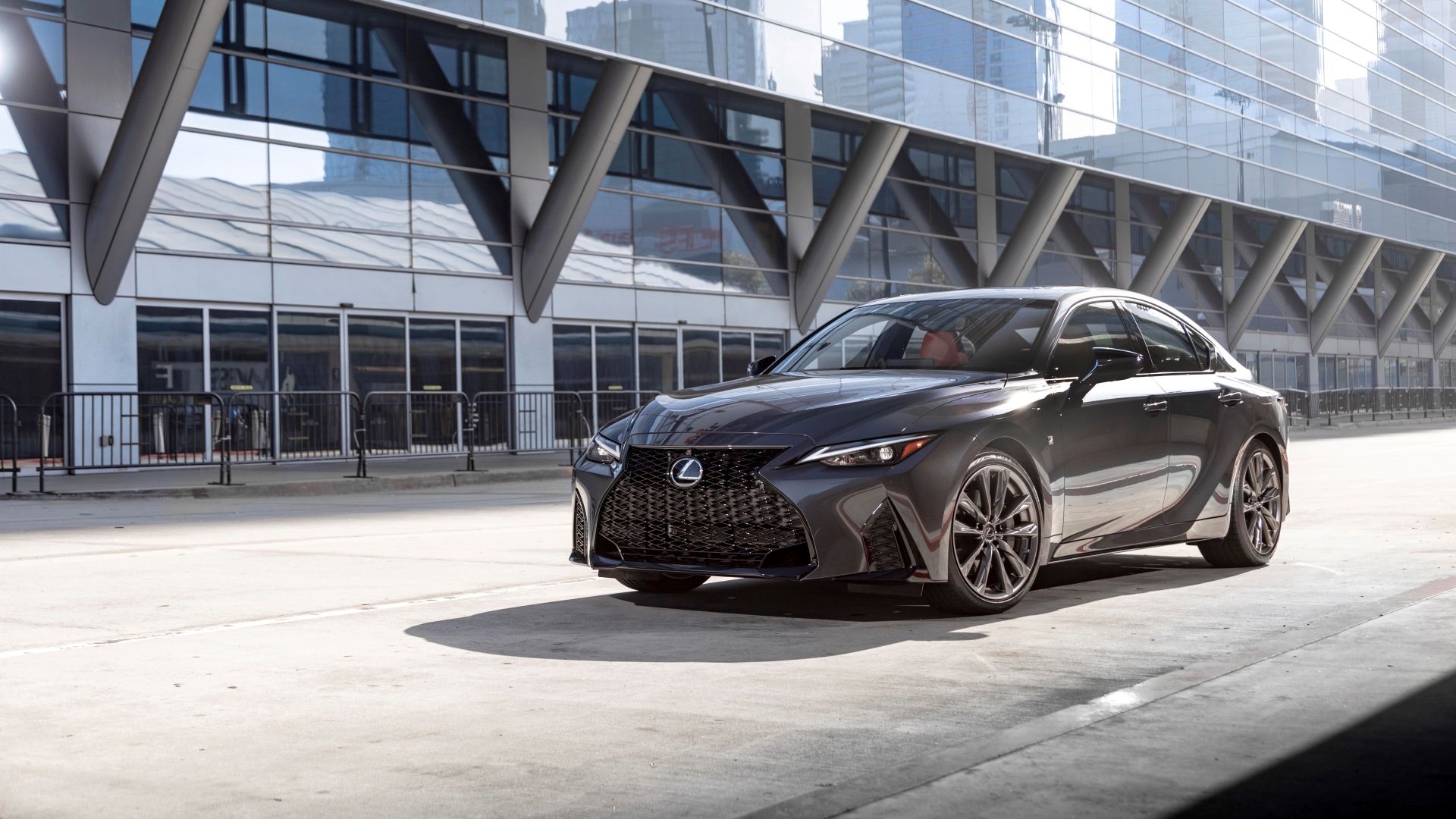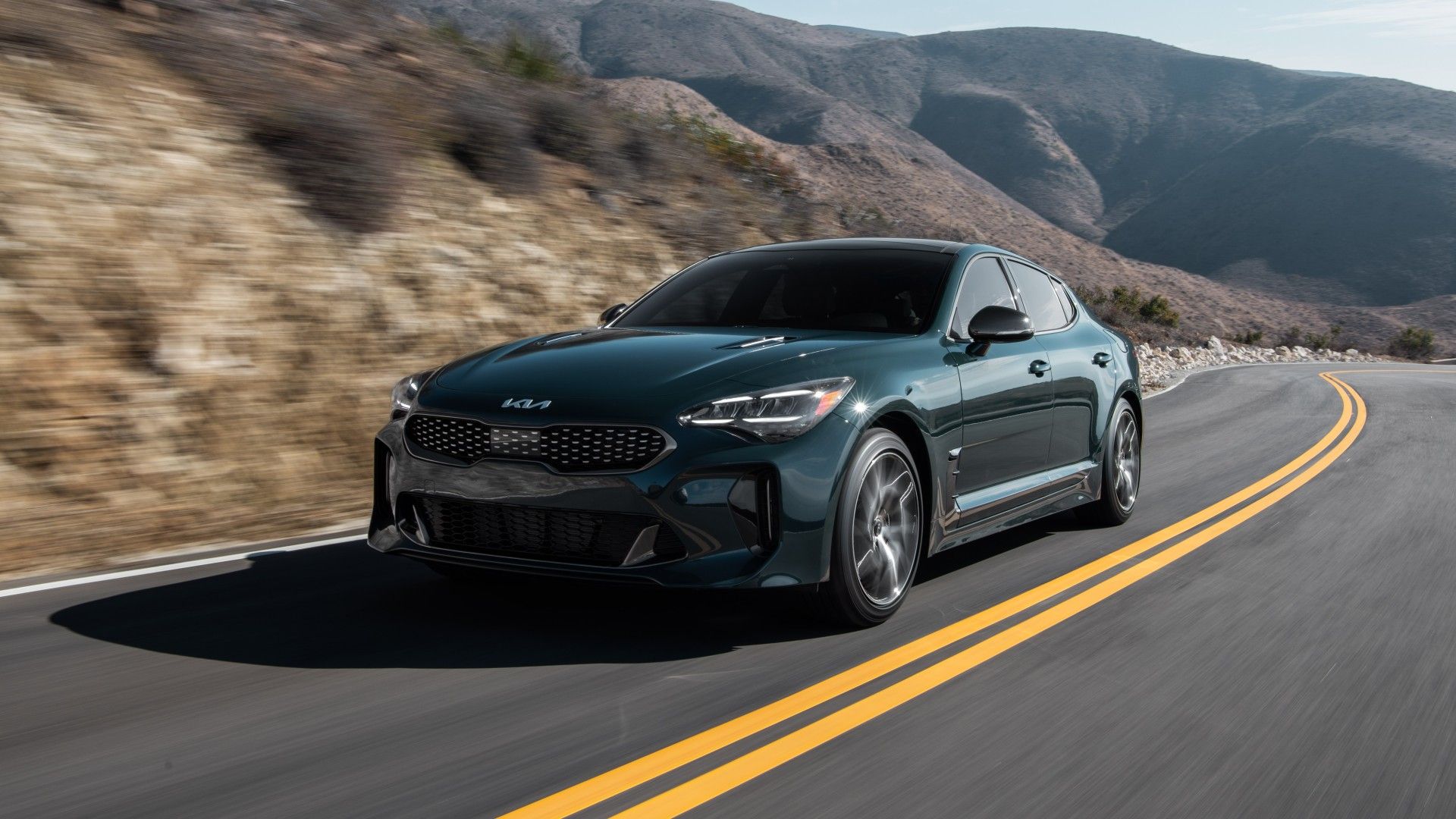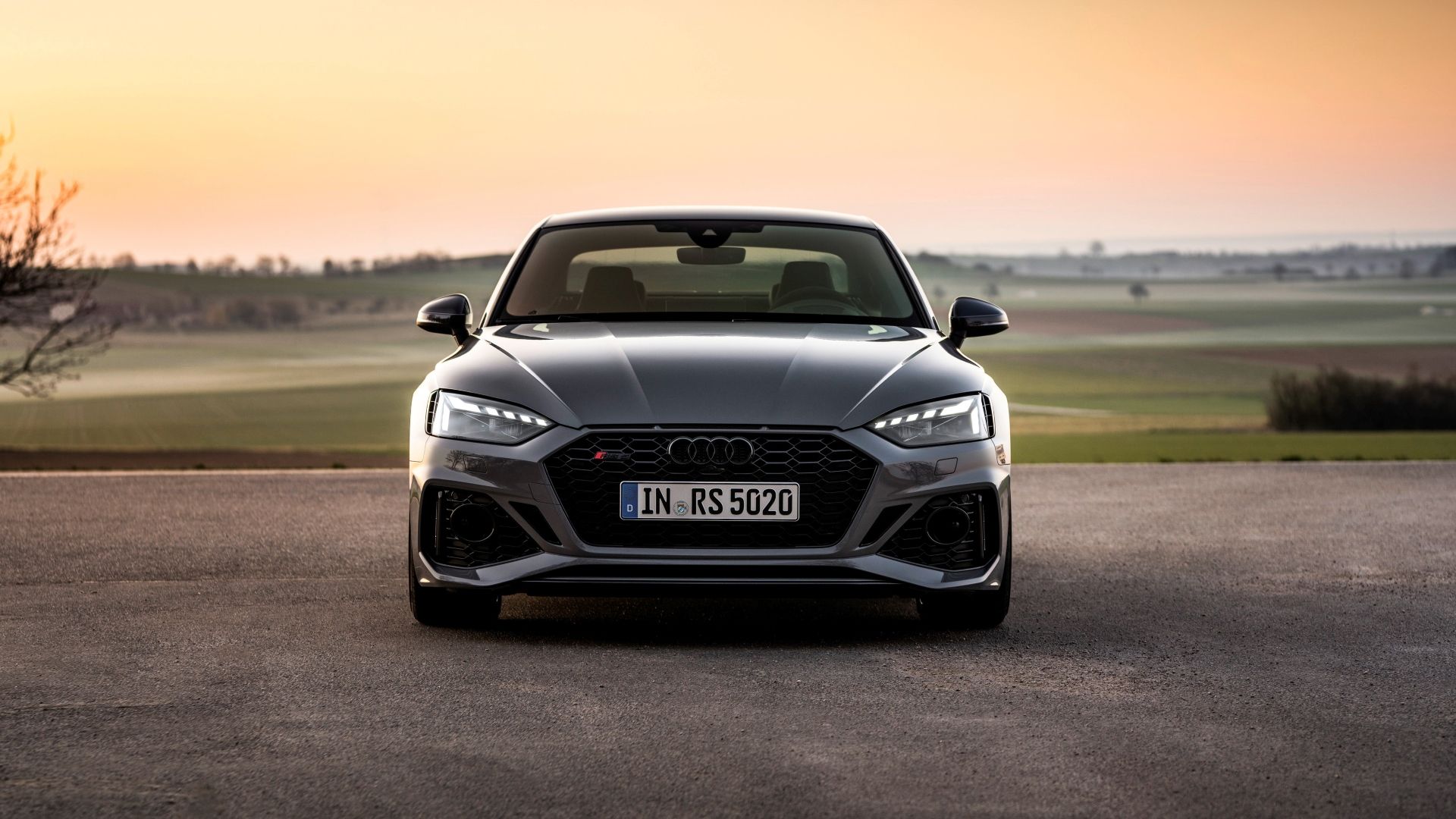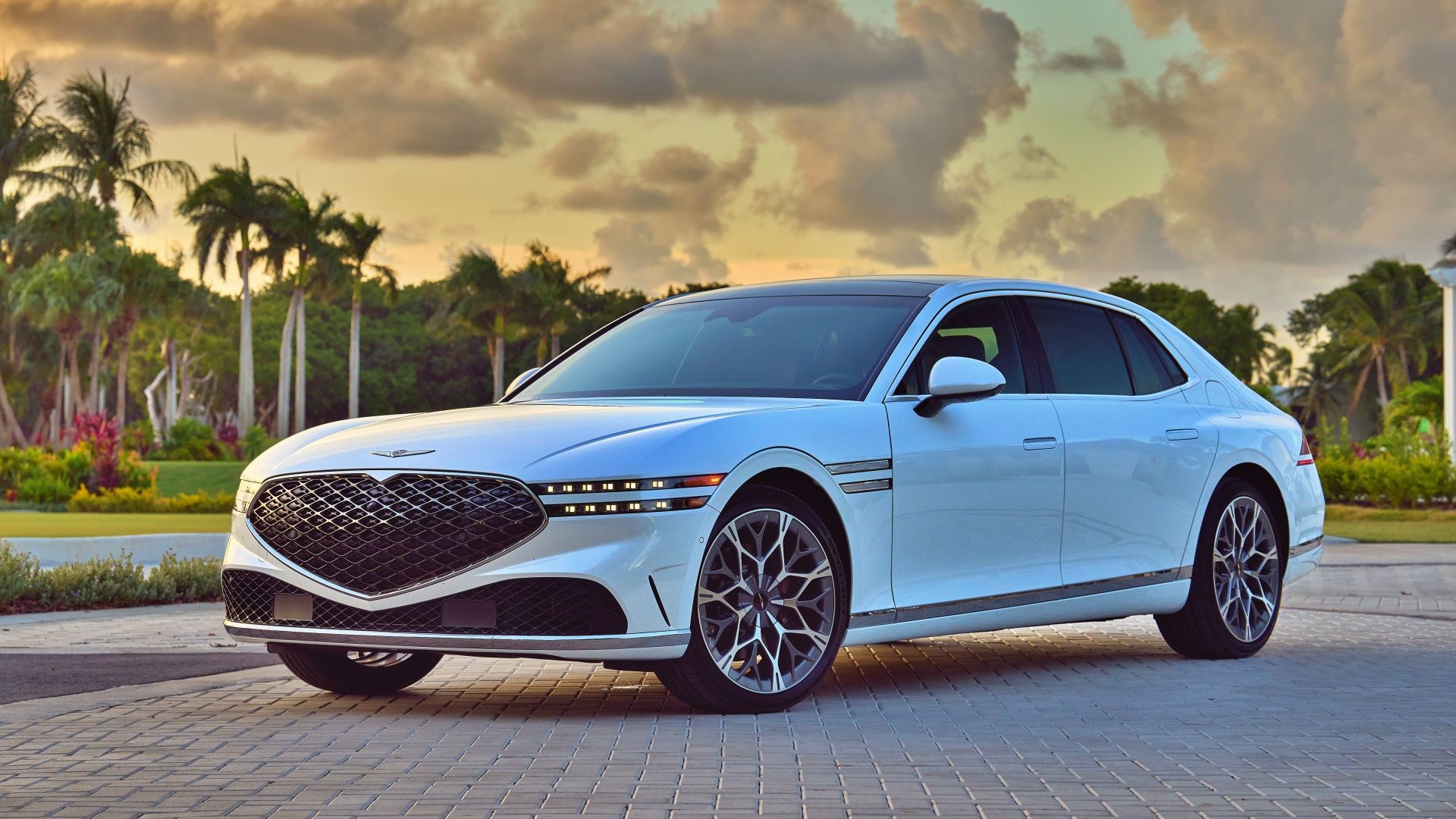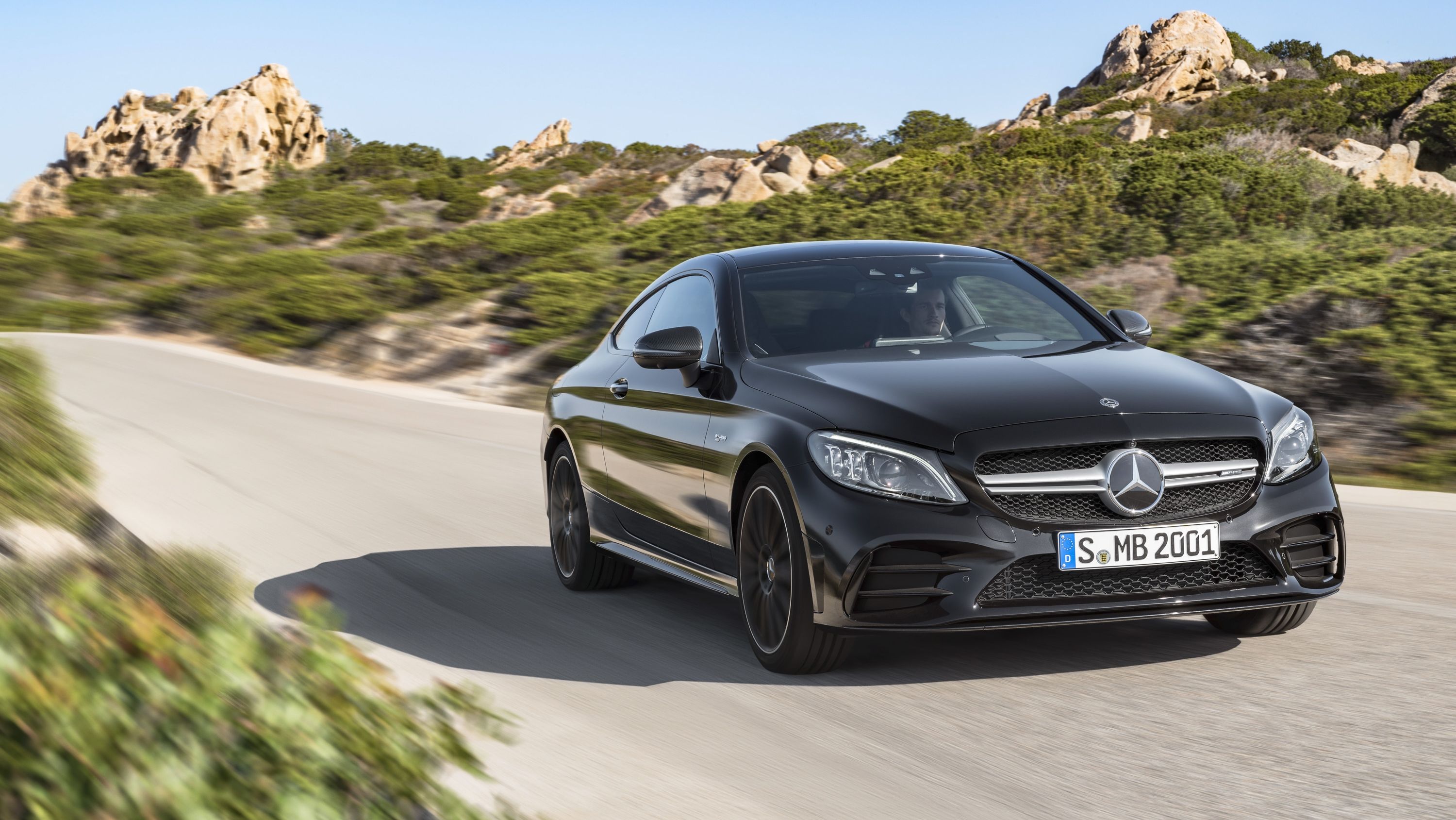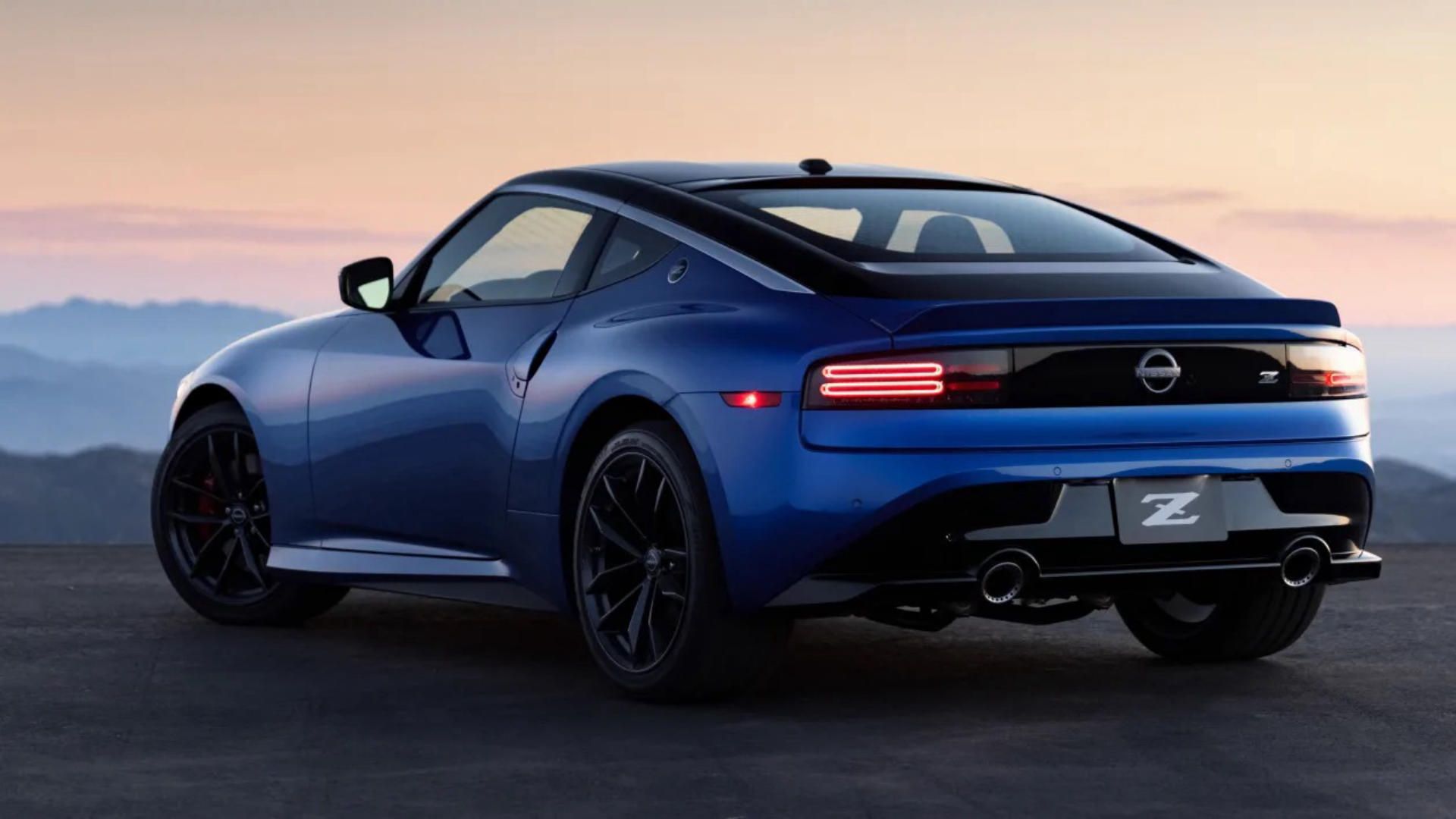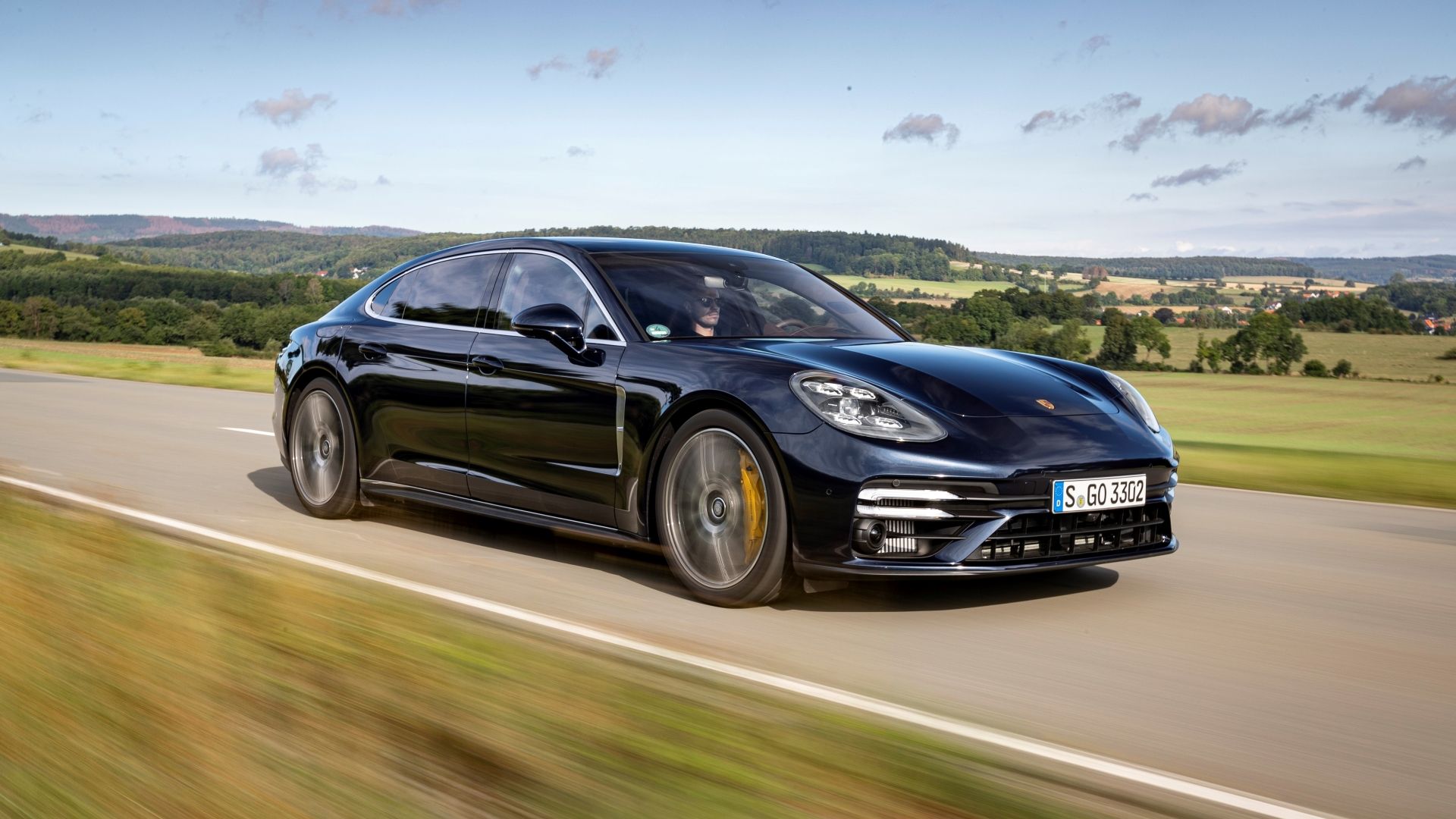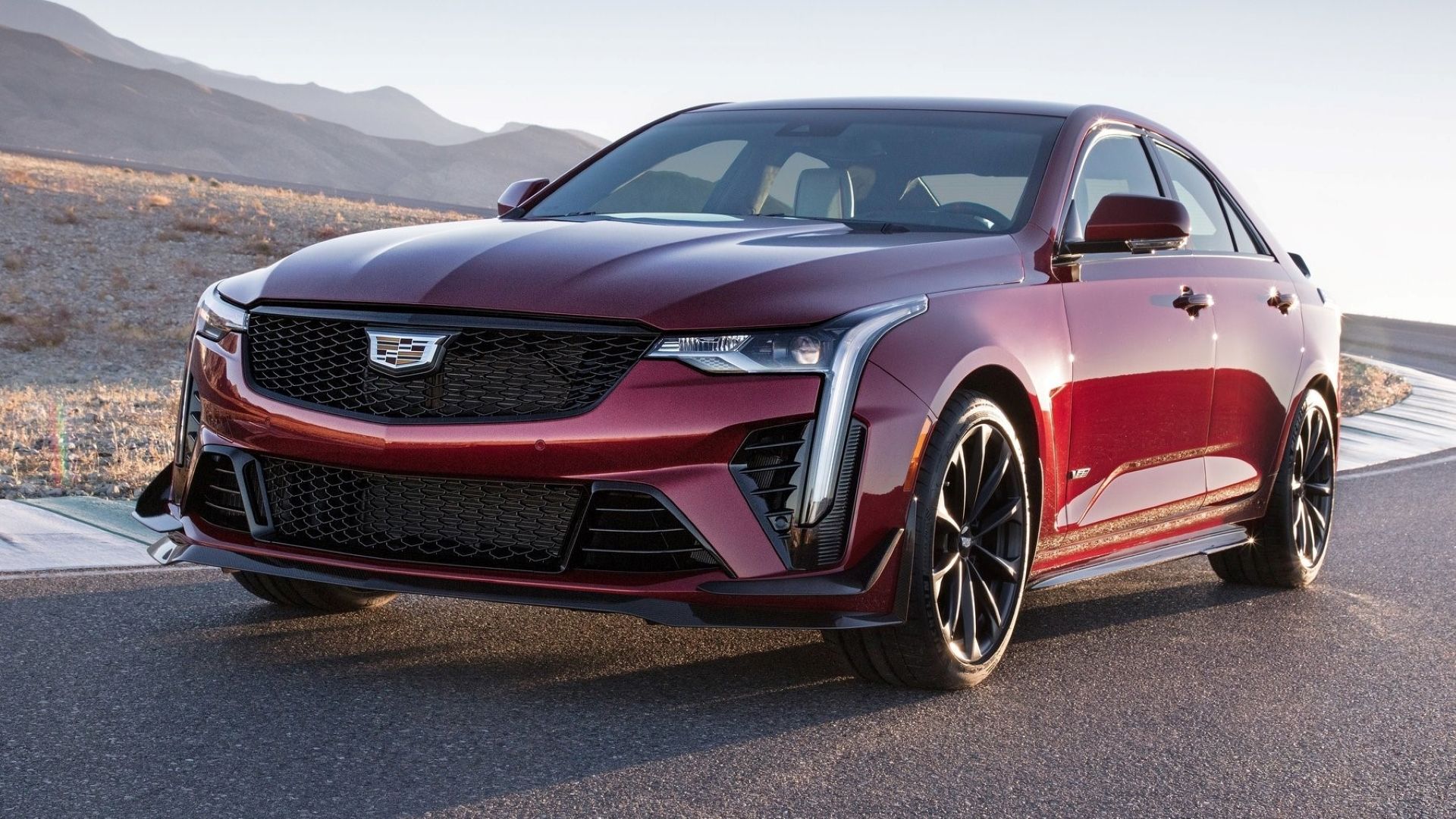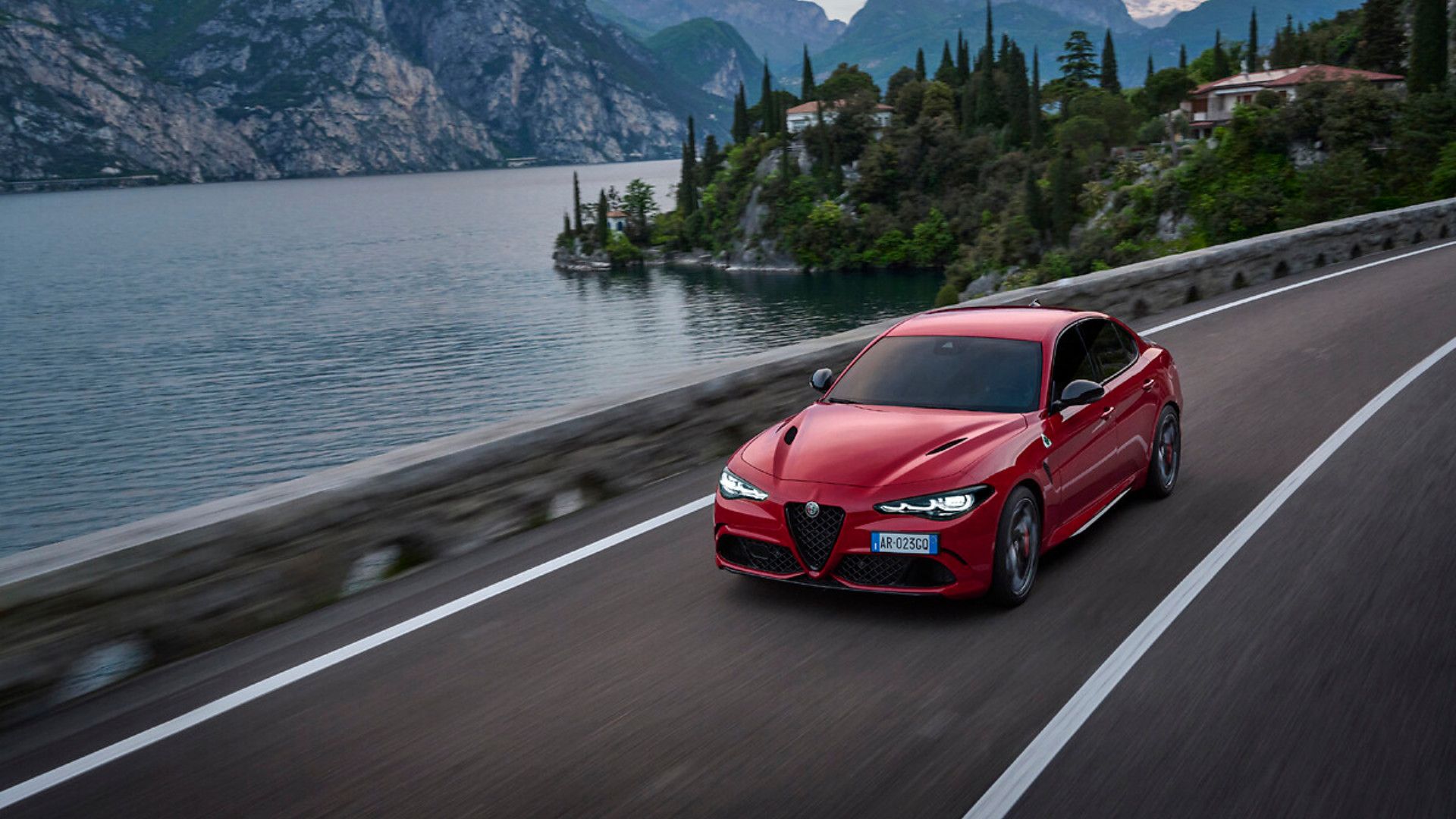Less than a quarter of UK drivers say they have a good understanding of electric vehicles, according to new research conducted by PEUGEOT UK.
In a recent survey of 2,000 UK motorists*, just 23% rate their understanding of electric vehicles as good or excellent, while 38% believe that their knowledge is poor or very poor. This is despite the fact that there are now almost 1.1 million electrified vehicles on UK roads** as the country moves towards the 2030 ban on the sale of new petrol and diesel cars.
PEUGEOT UK’s latest research reveals significant gaps in the public’s understanding of electric vehicles, with less than half being aware that battery electric vehicles emit zero tailpipe emissions. A surprising 12% also believe that plug-in hybrid cars and electric cars are exactly the same type of vehicle.
Less than a third of respondents know that electric models such as the new PEUGEOT e-2008 can be charged from 0-80% in just 30 minutes from a 100kW rapid charger.
There is also misunderstanding around the electric vehicle charging network, with 70% of respondents saying they find the way different providers operate to be confusing.
The same percentage also finds the language surrounding electric vehicle power, battery capacity and efficiency difficult to understand, with only 31% aware that Kilowatt Hours (kWh) is the unit used to measure battery capacity in EVs.
In contrast, when asked which car powertrain they have the best understanding of, 67% cited petrol and diesel, compared to just 7% who chose electric powertrains.
Generation gap
The research also reveals that young people are more likely to think they have a strong understanding of electric vehicles, with 58% of 18-24-year-olds rating their knowledge as good or excellent. Meanwhile, half of those over 65 rate their understanding of electric vehicles as poor or very poor.
Nearly half (46%) of 18-24-year-olds correctly selected ‘Miles per kWh’ as the unit commonly used to measure efficiency in electric vehicles, compared to just 20% of over 65s.
When it comes to charging, 46% of 18-24-year-olds correctly stated that an electric car can be charged to 80% in as little as half an hour, compared to 23% of over 65s. And 50% of 18-24-year-olds said it was true that in some UK cities, electric vehicle drivers do not have to pay for parking when charging, compared to 28% of over 65s.
Young people’s knowledge extends to other types of electric vehicles too, with 64% of 18-24-year-olds aware that electric vans are eligible for a UK government grant – a fact known by just 26% of those over 65.
Drivers’ perceived knowledge of electric vehicles also varies across the country. An impressive 10% of Londoners rate their understanding of electric vehicles as excellent – the highest of any region – whereas people in the North East claim to be least knowledgeable about electric vehicles, with 53% saying their understanding is poor or very poor.
Almost four out of five Londoners (79%) are familiar with the term ‘Ultra Low Emission Zone’ (ULEZ), with the capital’s own ULEZ set to expand across all boroughs from 29 August. Less than half (45%) of people from the North East are familiar with the term.
To help drivers understand the capabilities of electric vehicles, PEUGEOT UK has created a Range Calculator that allows drivers to predict how far their electric PEUGEOT can travel on a single charge, in a variety of conditions.
Adam Wood, Managing Director, PEUGEOT UK, said: “Our research reveals there are still gaps in the public’s understanding of electric vehicles, with many motorists unaware that EVs such as the new PEUGEOT e-2008 offer zero tailpipe emissions and can be charged to 80% in just thirty minutes. PEUGEOT is committed to helping customers understand the benefits of going electric, so they can find the model that’s right for them.”
By 2025, PEUGEOT will have a 100% electric version available across its entire model range, and in 2030 will sell only electric vehicles in the UK.
To find out more about PEUGEOT UK’s range of 100% electric vehicles, click here.








